 What is an ER probe?
What is an ER probe?
Defining the ER Probe
ER Probe is usually made of materials that are the same as the pipe or the storage tanks. Through this, the corrosion rate indicated by the probe stands for the real corrosion of the system. These probes can provide corrosion data to the operators, which helps them maintain the system.
The ER Probe is an advanced instrument. It can monitor the corrosion rate of online industrial systems (like pipes and storage tanks). Through this method, you can count the corrosion rate for that period. This provides valuable real-time data that can prevent the breakdown caused by corrosion.
Components of an ER Probe System
ER Probe System includes some key components:
Probe: the main sensor that measures the corrosion rate
Probe Adapter: contact the probe with a data logging system
مسجل البيانات المحمول: records measurements from the probe for later analysis.
Wireless Transmitter/Data Collector: In some systems, it sends data wirelessly to a central monitoring system.
Base and Plug Assembly: Facilitates the secure and leak-proof installation of the probe in the system.
Protective Cover: Shields the probe from environmental conditions.
Instrument Connector and Key Position: Provides the electrical connection and ensures correct orientation during installation.
These components work together to enable personnel to be warned of problems before they become serious. By installing ER probe systems, industries can more effectively manage their corrosion risks and ensure that their operations are safe and reliable.
مقدمة
Understanding Corrosion and Its Industrial Impact
Corrosion is a natural progression. Because of the interaction between the material and the environment, corrosion deteriorates. In the industrial environment, it may have serious problems, including structural weakness, component failure, and product contamination. It is very important to learn about the corrosion factors. Factors including environmental conditions, material properties, chemical exposure, and mechanical stress all affect the rate of corrosion.
The oil and chemical industries are particularly susceptible to corrosion because of the harsh chemicals and extreme conditions that are often present. If not monitored and mitigated, corrosion can lead to catastrophic failure, environmental disaster, and loss of life.
The Role of ER Probe in Corrosion Detection
ER Probe has already been an important tool for early detection and monitoring of corrosion. These sensitive devices provide a non-invasive way to measure and track corrosion rates over time, allowing preventive action to be taken before significant damage occurs.
The ER probe works by measuring the resistivity of a metal element exposed to the same conditions as the system being monitored. As the metal corrodes, its cross-sectional area decreases, and its resistivity increases. By continuously monitoring these changes, ER probes provide a real-time assessment of corrosion rates.
In addition, ER probes are very beneficial to the industry because they can be integrated with existing systems with little disruption. They provide continuous data that can be used to optimize maintenance schedules, predict potential system failures, and ensure the safe operation of industrial equipment.
How ER Probes Work
The Science Behind Resistance Corrosion Monitoring
The working principle is very simple: as the metal corrodes, its mass decreases and, correspondingly, its resistance increases. Each probe contains a metal element—or specimen—that matches the material of the infrastructure being monitored. This test piece is part of the circuit, and as it loses mass to corrosion, the resistance of the circuit changes. The change in resistance is proportional to the amount of corrosion that occurs.
- These probes are strategically placed in areas of the system where corrosion is likely to occur, or where monitoring is critical for safety and operational efficiency. The probe is connected to an external monitoring system that periodically records resistance data. The resistance change rate is directly related to the corrosion rate, making ER probes an invaluable predictive maintenance tool.
Calculating Corrosion Rates with ER Probes
When using an ER probe to calculate the corrosion rate, first measure the initial resistance when installing the probe. Over time, the sample piece corrodes, periodically checking the probe and recording changes in resistance. Using the initial and subsequent resistance measurements, combined with known properties of the metal, such as density and atomic weight, the mass loss of the specimen piece can be calculated. This mass loss is then used to determine the corrosion rate, typically expressed in millimeters (mpy) of penetration per year or millimeters (mm/y) per year.
By providing accurate corrosion rates, ER probes enable the industry to make informed decisions about maintenance and replacement schedules, helping to avoid unplanned downtime and extend the life of their assets.
Main Performance Parameters
المدى: 0 ~ 261144 وحدات حياة المسبار
Impedance range of probe sensitive element: 1~50 mΩ.
Resolution: Typical value: 1nm (the total thickness of a typical probe-sensitive element is 20 mil, with a lifespan of 10 mil).
Power Supply: 24VDC power supply/Lithium battery;
Current Consumption: 12mA@24VDC/1~12mA@8.4V;
الاتصالات: RS485 ثنائي الأسلاك ، معدل باود 2400 / 2.4 جيجا ، LORA ، 4G / 5G أو 4-20mA
عنوان RS485: 0 ~ 31
درجة الحرارة البيئية: -40 درجة مئوية ~ + 70 درجة مئوية
مستوى حماية الضميمة: IP 65
الحد الأقصى لمعدل الاستلام: مرة واحدة في الدقيقة
الحد الأدنى لمعدل التحصيل: مرة واحدة في أي فترة
شهادة المنطقة الخطرة: Ex d IICT4 Gb
Maintenance and Longevity
Electrical Resistance (ER) probes serve as a key tool for industries to monitor metal corrosion and material degradation over time. These probes measure corrosion rates with precision, providing businesses with essential data on how quickly their assets deteriorate.
Accurately measuring corrosion rates is vital for maintenance planning. Companies can use this data to actively predict when they will need maintenance or replacement parts, scheduling these tasks well in advance. Consequently, this proactive planning helps avoid unexpected equipment failures that could disrupt production and cause financial setbacks.
Moreover, a precise understanding of corrosion rates equips industries to streamline their maintenance operations. Instead of adhering to a fixed schedule, they can perform maintenance as necessary, reflecting the true condition of their assets. This strategic approach not only leads to cost savings but also ensures a more efficient allocation of resources.
Additionally, by employing ER probes for corrosion monitoring, companies can significantly extend their equipment’s service life. Proactive maintenance, informed by corrosion rate data, reduces the risk of severe damage, allowing assets to function efficiently for a more extended period. This strategy not only cuts down on replacement expenses but also encourages sustainable business practices by minimizing waste.
In summary, ER probes play a pivotal role in safeguarding the safe and cost-effective operation of industrial assets. They supply the critical information industries need to manage corrosion effectively.


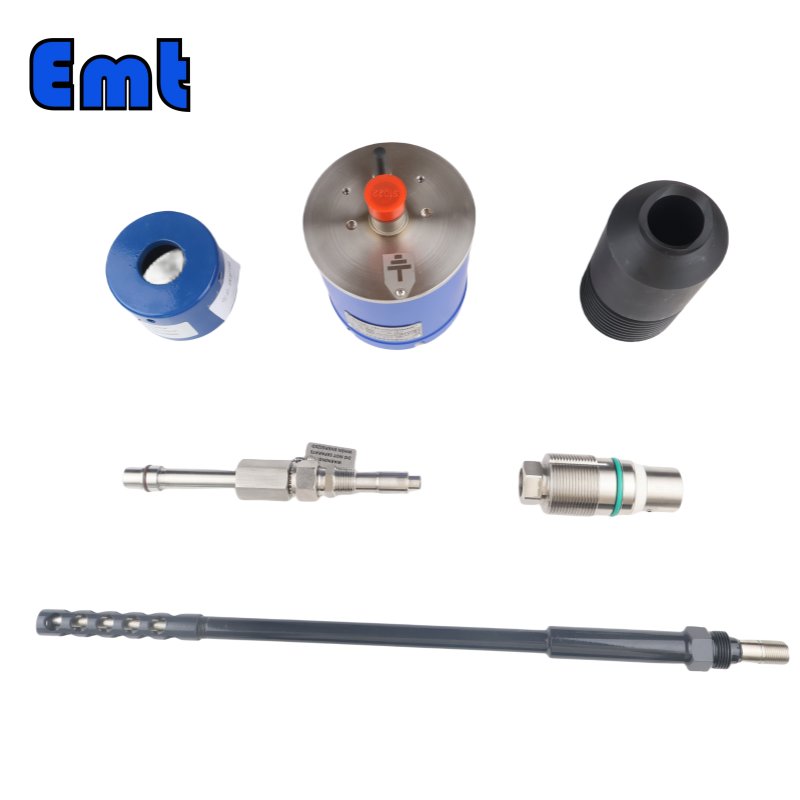
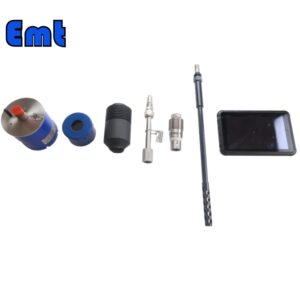
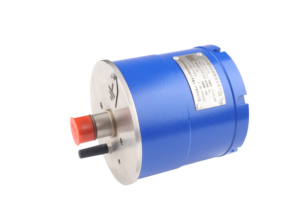
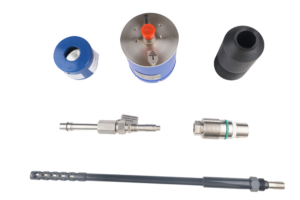
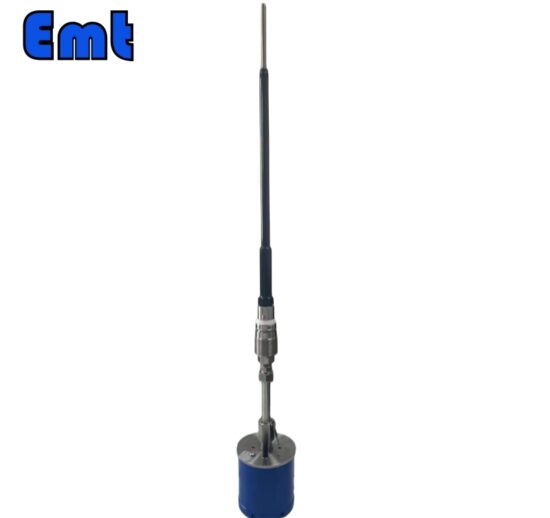
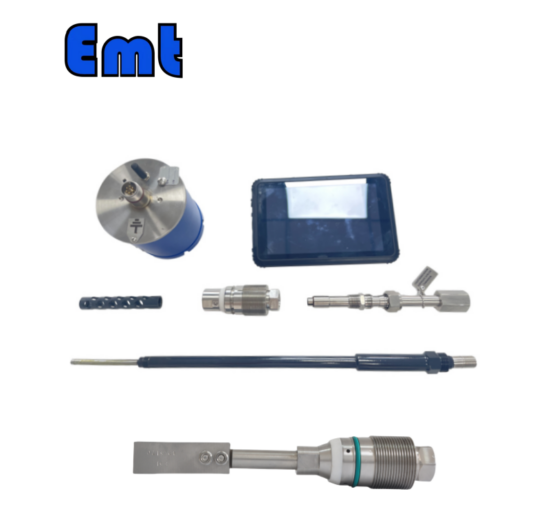
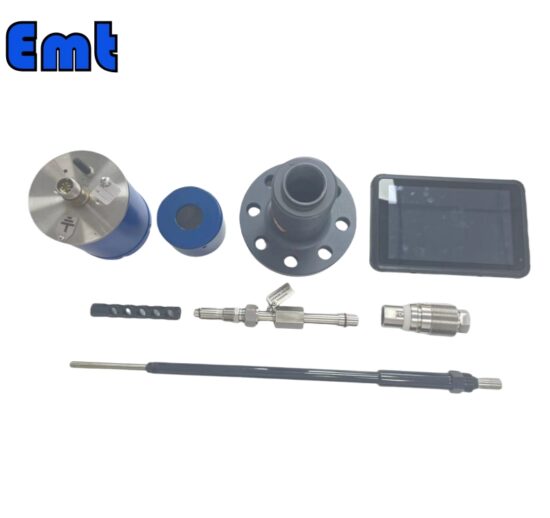
لا توجد مراجعات بعد.